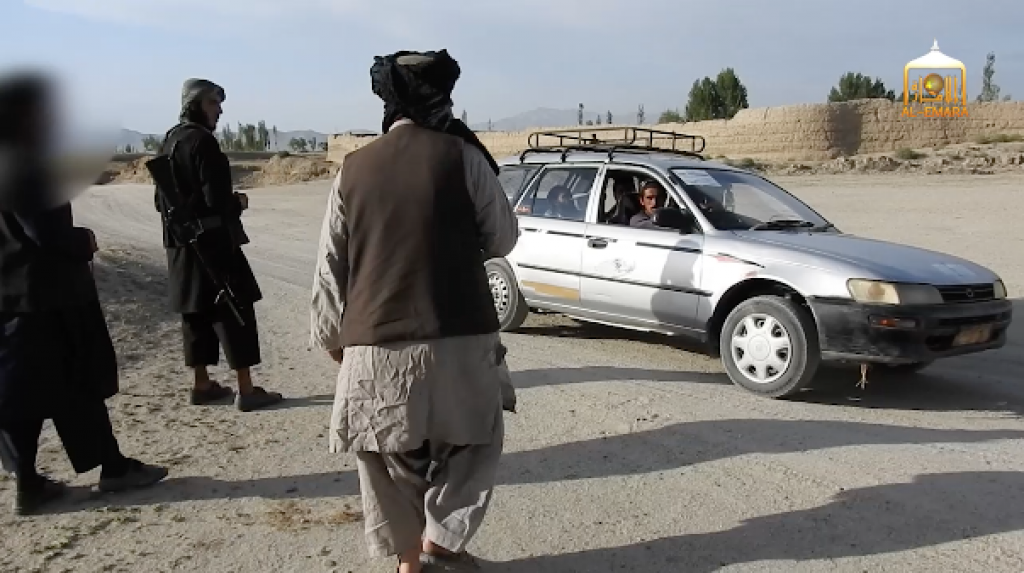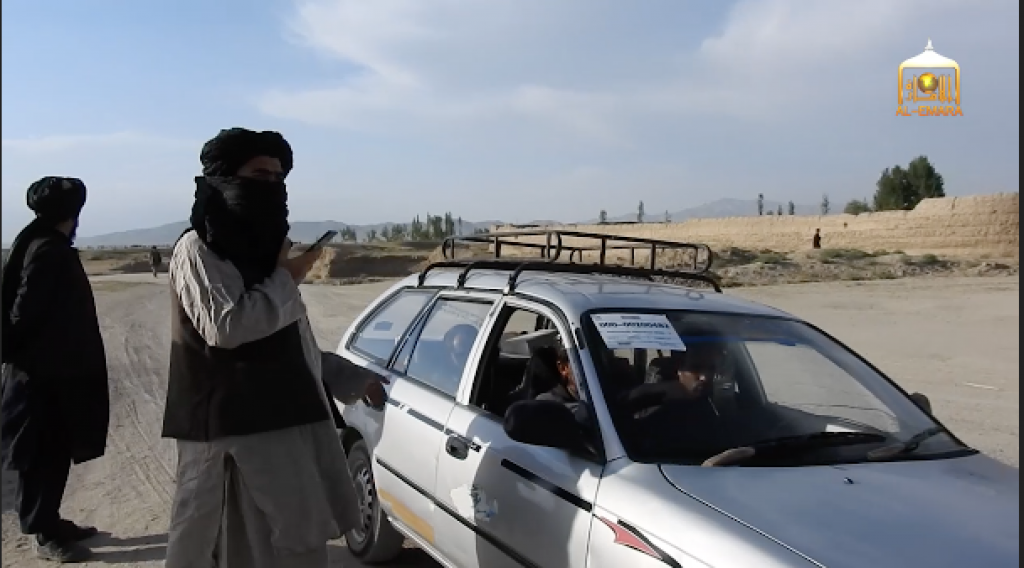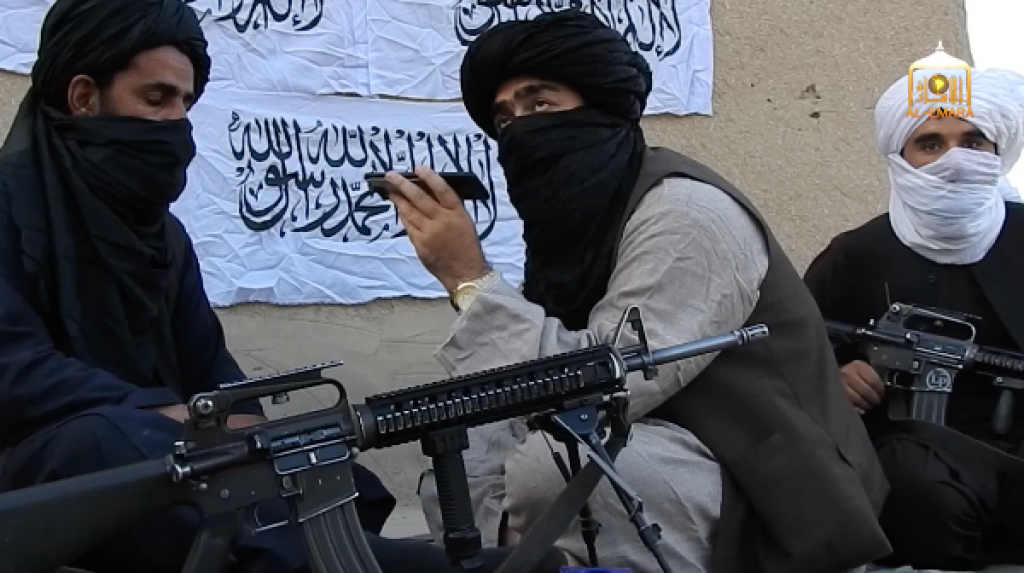In early May, the Taliban shut down the main highway that links Ghazni and Paktia provinces in eastern Afghanistan. One month later, the Taliban continues to control the road and tax civilians as Afghan forces have been unable to secure the road.
Taliban fighters in Ghazni closed down the road on May 3 after destroying two sections of the road, according to Pajhwok Afghan News. The attacks and further deployment of Taliban forces has prevented Afghan reinforcement from retaking control of the road. In addition to blocking the Ghazni-Paktia highway, the Taliban built an alternative road to allow civilian vehicles to travel.
“We have built subways for the movement of civilian vehicles,” Taliban spokesman Zabihullah Mujahid said on May 3, according to Pajhwok.
This was confirmed on May 22 by a resident of Sharana district in Ghazni, who told Pajhwok that the Taliban “opened a subway alongside the main road.”
“If a person uses a third route, the Taliban open fire at him and if a person avoids traveling on the main highway, the Afghan forces fire at them, so the people are in great trouble,” the resident said.
The Taliban is using the road to tax Afghan civilians traveling between the two provinces and even “opened their own customs office,” which has tax documents that are stamped with the “Islamic Emirate of Afghanistan’s Borders Department.” The Islamic Emirate of Afghanistan is the official name of the Taliban’s government.
The Taliban celebrated the one month anniversary of the closure of the highway by releasing a video on its official website, Voice of Jihad. In the video, a media official interviews Afghan civilians who are traveling on the stretch controlled by the Taliban. The Taliban’s military commander for the area also was interviewed.
“It has been over a month since the Mujahideen of Islamic Emirate closed the main highway linking Ghazni province to the neighboring Paktika province for all enemy movements and have opened another route for the travel of local people,” the statement on Voice of Jihad that accompanied the video said.
In the video, the Taliban media official stands at a checkpoint on the road with several black-clad Taliban fighters. The media official interviews the passengers of several vehicles and trucks that are stopped at the checkpoint. At the end of the video, the Taliban’s military official for the area is interviewed as he sits behind a US-made M-16 rifle, which presumably was seized from an Afghan soldier or policeman. His bodyguard is also wielding an M-16.
The Taliban’s extended control of a stretch of the Ghazni-Paktia highway is a microcosm of the security issues in Ghazni province. Security in the province has deteriorated rapidly over the past year. Of Ghazni’s 19 districts, the Taliban control five and contest nine more, according to information compiled by FDD’s Long War Journal. Only five districts are considered to be controlled by the Afghan government.
Ghazni City, the provincial center, is one of seven provincial capitals under direct Taliban threat, according to Afghanistan’s Ministry of Defense. LWJ has assessed Ghazni City is contested, while Resolute Support, as of Jan. 31, considered it under government control. The Taliban control the road network into the city, and inside it live openly in one neighborhood, collect taxes, assassinate security personnel and government officials, and enforce its harsh brand of Islamic law.
Other images from the Taliban video:
from Long War Journal – FDD's Long War Journal https://ift.tt/2sTRO8P
via Defense News




No comments: